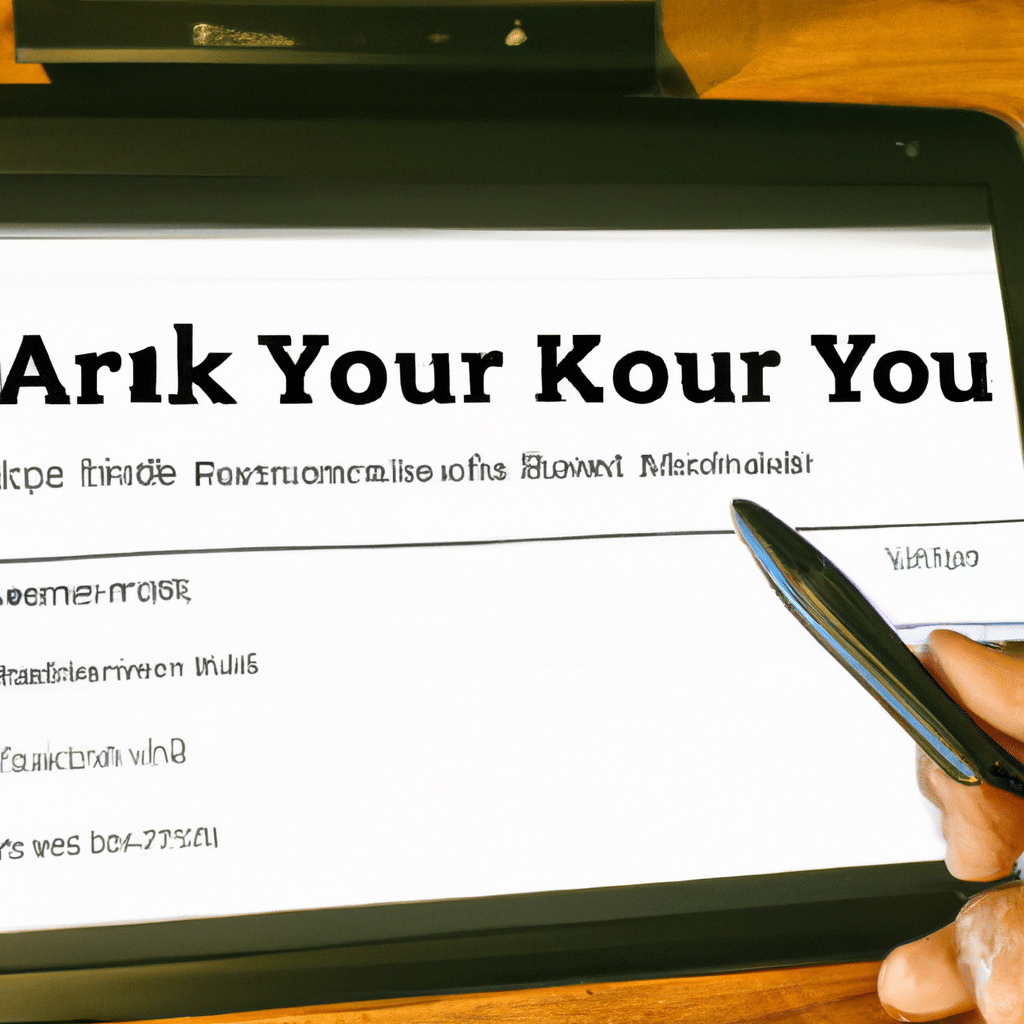A 401k account can be a great way to save for retirement and build financial stability. Many people don’t realize that it’s actually very easy to access the money they have saved in their 401k. With the right steps and a bit of guidance, unlocking your 401k account can be a breeze. So don’t worry; you don’t need to be a financial expert to get started!
Unlock Your 401k – It’s Easier Than You Think!
Starting to access your 401k account is as simple as asking your employer for the necessary forms. Most employers will have an online portal that makes it easy for you to access the forms. If you can’t find the forms online, simply call your employer’s benefits department and ask for the forms you need to complete the process.
Once you have the forms, it’s simply a matter of filling them out. Depending on your employer’s rules, you may need to provide proof of identity or other documentation in order to start the process. Make sure you read the forms carefully and answer all the questions accurately before submitting them.
Follow These Simple Steps to Access Your 401k Account
After you have submitted the forms to your employer, you will need to wait for them to verify your information and approve your request. This process can take anywhere from a few days to a few weeks, so be patient. Once your request has been approved, your employer will provide you with the information you need to access your 401k account.
Accessing your 401k account is fairly simple. You can access your account online or through a mobile app. Once you’ve logged in, you can view your balance, make contributions, and even set up automatic deposits. By taking advantage of these features, you can easily build up your retirement savings over time.
Unlocking your 401k account can seem intimidating, but it’s really not that complicated when you break it down into steps. With a bit of guidance and the right forms, you can quickly and easily get started on the path to financial security. So don’t be scared; take the necessary steps today and start taking control of your retirement savings.
